What should we pay attention to when fertilizing flowers? How to fertilize correctly?
Flowers need fertilizer just like people need to eat, which is the absorption of nutrients to maintain life. But fertilization cannot be blind, when to fertilize and when not to fertilize, we must have a concept!
1. Can newly planted plants be fertilized?
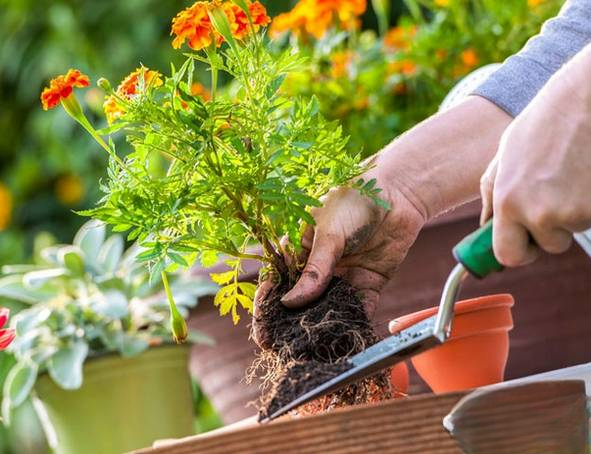
Newly planted plants have many root wounds. If they are exposed to external stimuli, the wounds will not heal easily, causing root rot and even plant death.
Note: Some cuttings and seeds should not be fertilized before they take root.
2. Can sick plants be fertilized?
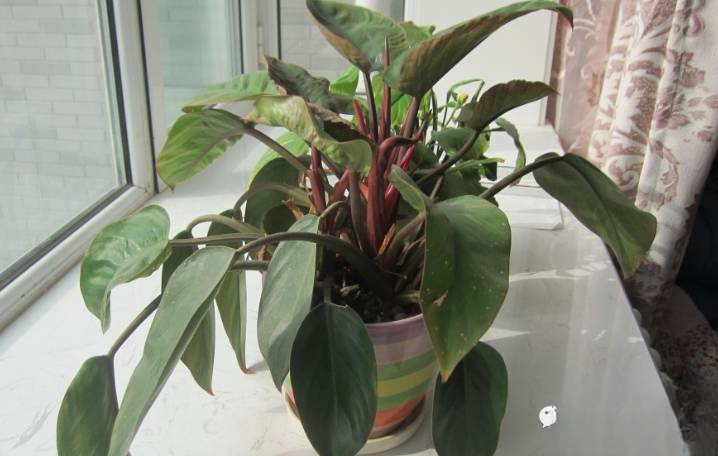
Should you fertilize immediately when the leaves turn yellow and wilt? Wrong! Sick and weak plants have weak growth potential, poor photosynthesis, slow metabolism, and low ability to absorb fertilizer. If you fertilize them carelessly, it will easily cause fertilizer damage.
Note: It is very bad to put leftover tea leaves, egg shells, and watermelon peels into the potting soil. Some potters put leftover tea leaves, egg shells, and even watermelon peels directly into the potting soil, hoping to increase the fertility of the potting soil. This method is not scientific.
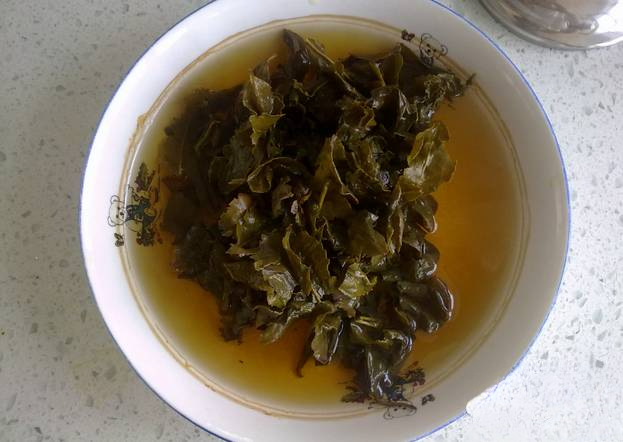
Leftover tea is prone to mold and stink, polluting the indoor air and being unsightly. Excessive humidity will attract anaerobic microorganisms, bacteria and woodlice to gather and multiply.
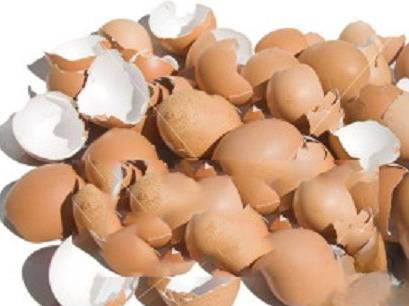
Eggshells placed on the soil are not good-looking, and the remaining egg white flows into the surface of the soil, directly blocking the capillaries, affecting soil ventilation and root respiration. Egg white fermentation will produce hydrogen sulfide gas, which has a bad odor, pollutes indoor air, and attracts flies, especially flies that lay root maggots.
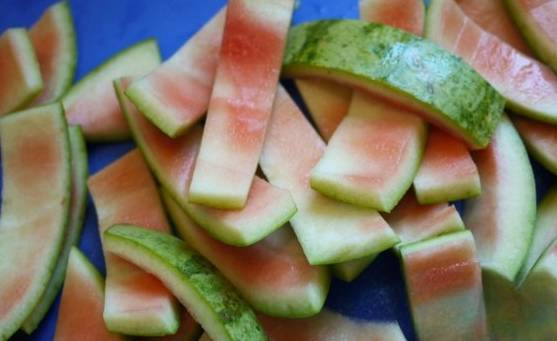
Some people say that watermelon rinds can reduce water evaporation and serve as a water source and fertilizer for potted flowers. In fact, watermelon rinds quickly go bad in hot and humid weather, and they smell sour and unpleasant, and they also attract flies.
3. Can fertilizer be applied during the flowering period?
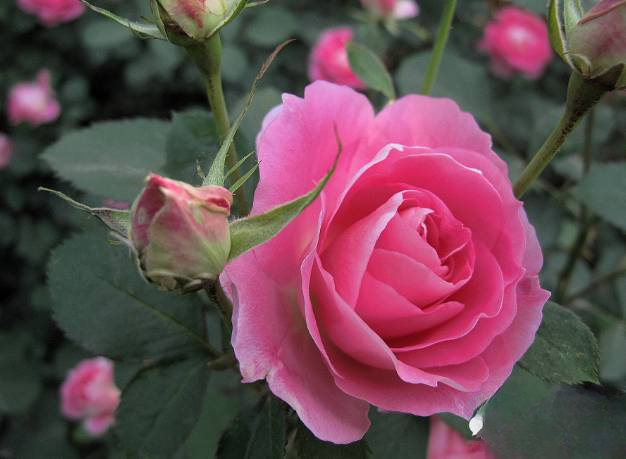
Fertilizing during the flowering period will cause the plant to grow too vigorously, which can easily lead to leggy growth and cause bud and flower drop. It is not suitable to apply topdressing during the low winter temperature and the high summer temperature. Topdressing should be done when the weather is neither too cold nor too hot, and the suitable temperature for topdressing is between 15 and 30 degrees.
4. Can flowers be fertilized during their dormant period?

Flowers stop or slow down their growth during the dormant period. If fertilizer is applied, it will break the dormancy, prompting the plants to continue growing, affecting flowering next year.
5. How to grasp the timing of fertilizing flowers?
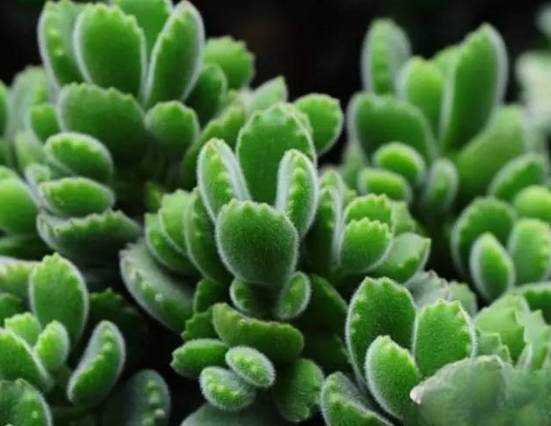
In hot summer, fertilize in the morning and evening;
In winter, fertilize at noon, if necessary, of course for those plants that need more fertilizer;
Spring and autumn are the peak growth seasons for most plants. You can increase fertilization appropriately, but also pay attention to applying small amounts of fertilizer frequently.
6. Can the roots come into contact with basal fertilizer?
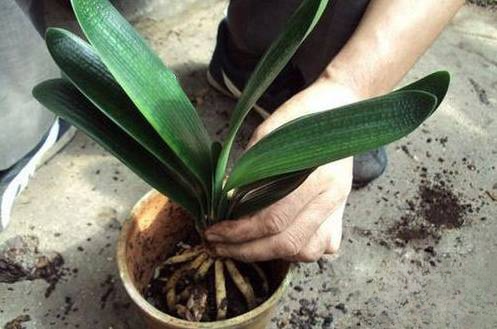
When planting flowers, do not place the roots of the plants directly on the base fertilizer, but add a layer of soil on the fertilizer. Otherwise, it will not only be detrimental to the full absorption and utilization of the fertilizer, but also damage the root system.
Note: If the roots are diseased or damaged when dug and potted, or if they are attacked by bacteria, you should stop fertilizing these flowers and wait for them to recover.
7. How to grow the plants by applying concentrated fertilizer?
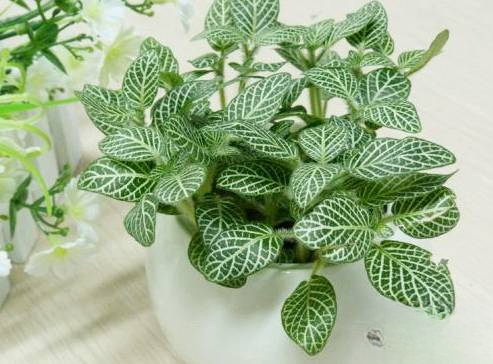
When fertilizing flowers, you must strictly control the amount of fertilizer, and avoid excessive concentration or excessive dosage, otherwise the roots of the plants will be burned, and in severe cases, death will be caused. Generally, you should "apply thin fertilizers frequently."
8. How to grow plants by applying raw fertilizer?
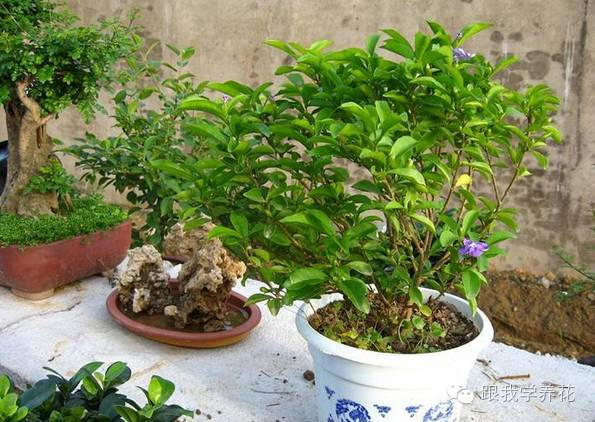
Applying uncomposted organic fertilizer to flowers is not only easy to spread pests and diseases, but the organic fertilizer will ferment and generate heat during the composting process, burning the plant roots.
9. Fertilizer selection for flowers
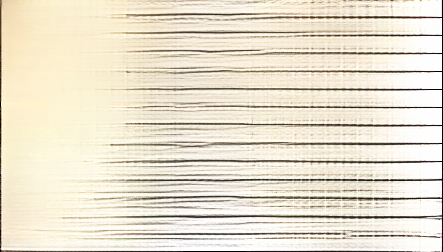
It can promote luxuriant branches and leaves and increase the flowering rate. Common nitrogen fertilizers include human feces and urine, ammonium sulfate, etc.
It can make the flowers bright and full. Common phosphorus fertilizers include rice bran, fish scales, bone meal, chicken manure, superphosphate, etc.
It can make the root system grow strong, enhance the resistance of flowers to pests and diseases, cold and heat, and increase the fragrance of flowers. Common potash fertilizers include straw ash, wood ash, potassium sulfate, etc.
10. How to determine if the flowers are lacking fertilizer?
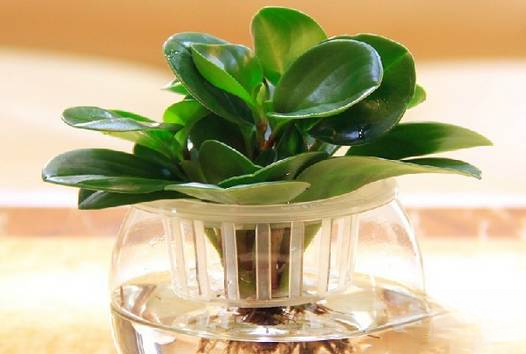
How to confirm that the plant is not lacking in fertilizer? First, you can look at the leaf color. Generally, the darker the leaf color and the thicker the veins, the more fertilizer there is. You can also touch the leaves with your hands. If the leaves are thick and the leaf edges are curved, it means that the fertilizer is sufficient.
Note: If too much fertilizer is applied or the fertilizer is too concentrated, it will burn the root system, causing the leaves of the plant to turn black and scorch, and the buds to become infertile and not bloom.

This is what you should do when growing flowers in the golden autumn of October!
How to maximize the role of green radish?
[Analysis of the steps for repotting Clivia]
What do you need to know if you want your home to be like spring all year round with flowers blooming all the time?
What soil to use for home potted flowers (soil preparation tutorial)
